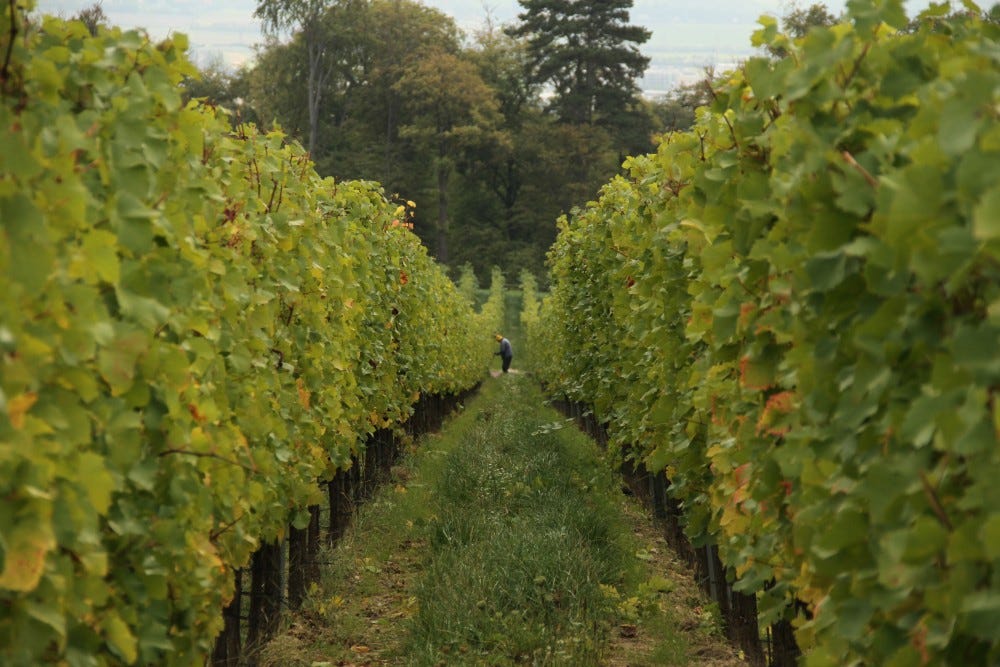The red badge of honour

Feuersteig vineyard, Tinhof Lukas Plöckinger picks me up in Eisenstadt at 6.30am prompt, on a chilly October morning. Lukas is the winemaker and vineyard manager at Weingut Tinhof, in Austria's red wine heartland Burgenland, and he's my teacher today as I pop my grape-picking cherry. Why am I doing this? Because I'm hoping that a day's physical immersi…
Keep reading with a 7-day free trial
Subscribe to The Morning Claret to keep reading this post and get 7 days of free access to the full post archives.



